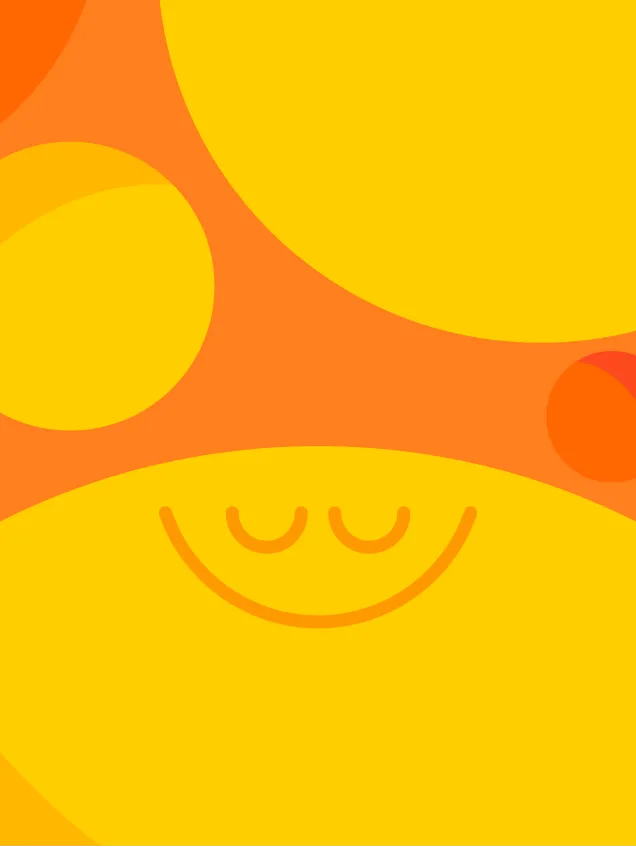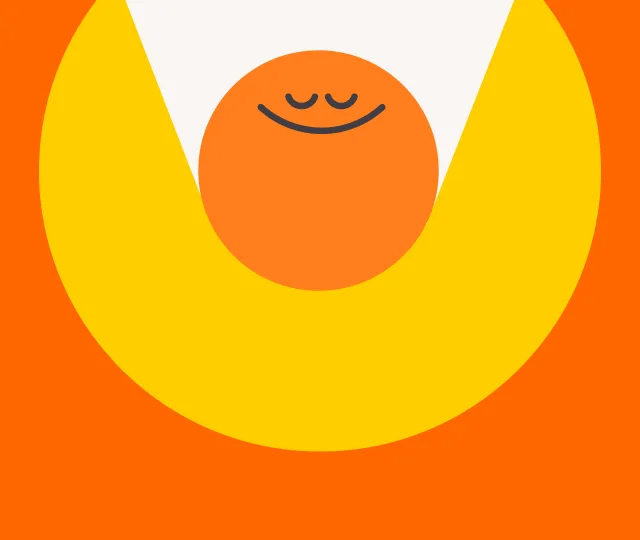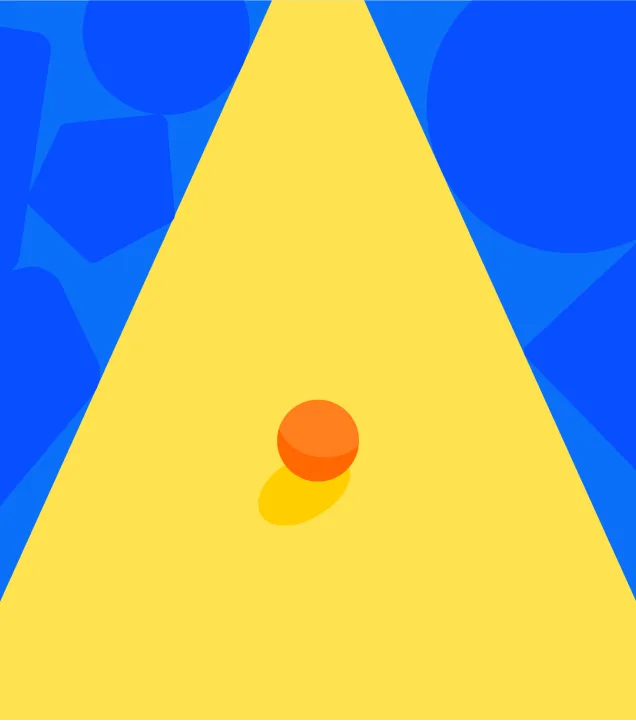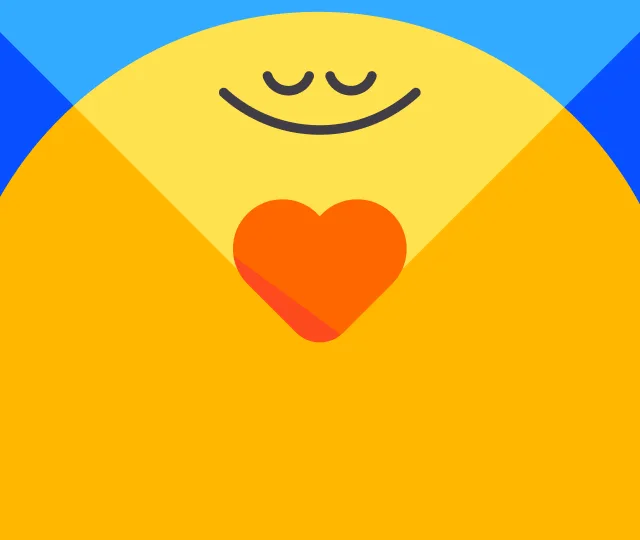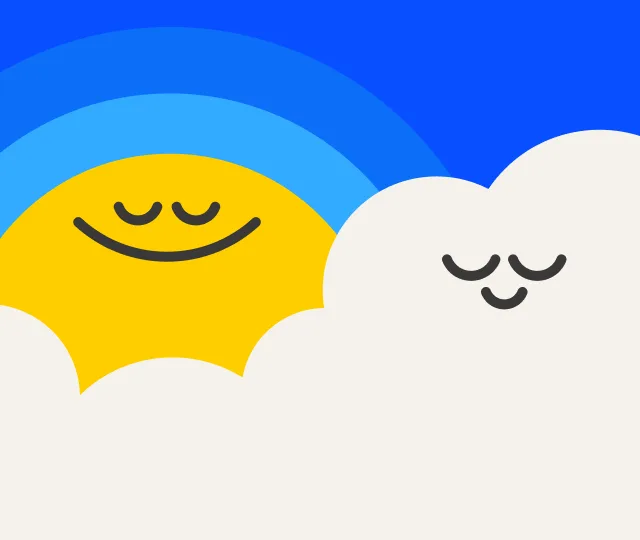How to meditate every day
Alexandra Samuel
Oct 26, 2023
"I have such a lifelong habit of mental busyness and constant distractions that sitting still without any stimuli feels completely daunting."
“Same reason I don't exercise when I should. Just pure mental resistance.”
"There are SO many things that I know are good for me. And that when I do them I FEEL better. Yet I get some rebellious block. What IS that?”
These are just a few of the answers I got when I recently asked my Facebook friends what gets in the way of their meditation practice. As these answers suggest, so much comes down to habit: the habits we want to let go of but can’t (like mental busyness) and the habits we want to develop but haven’t yet (like meditation). That’s where Charles Duhigg comes in handy. Duhigg is the author of “The Power of Habit”, a fascinating guide to the way habits work for individuals, organizations, and society as a whole. His practical approach to habit formation directly speaks to the challenges many of us have in making meditation part of our lives and provides a roadmap for developing a practice.
Making meditation a habit is what allows us to get beyond the many obstacles to practice—digital distractions, busy schedules, and mental resistance. To illustrate the power of habit, Duhigg describes an experiment in which scientists used blackberry juice to train monkeys to respond to a screen-based stimulus. The scientists then tested how the monkeys responded once the juice was taken away, and other distractions (like food or the opportunity to play with other monkeys) were offered instead: “For those monkeys who hadn’t developed a strong habit, the distractions worked. They slid out of their chairs, left the room, and never looked back. They hadn’t learned to crave the juice. However, once a monkey had developed a habit—once its brain anticipated the reward—the distractions held no allure. The animal would sit there, watching the monitor and pressing the lever, over and over again, regardless of the offer of food or the opportunity to go outside. The anticipation and sense of craving were so overwhelming that the monkeys stayed glued to their screens, the same way a gambler will play slots long after he’s lost his winnings.” Duhigg calls that kind of single-mindedness a “habit loop”: a combination of cue, routine, and reward that helps us develop new habits (or disrupt old ones). To establish a new routine like meditation, you need both a cue (something that triggers your behavior) and a reward (the benefit you get from completing your routine). That combination of cue, routine and reward isn’t enough to make a habit, Duhigg cautions. The missing ingredient is craving: the urge you feel once your brain starts to associate your cue with an anticipated reward. As Duhigg writes: “Anyone can use this basic formula to create habits of her or his own. Want to exercise more? Choose a cue, such as going to the gym as soon as you wake up, and a reward, such as a smoothie after each workout. Then think about that smoothie, or about the endorphin rush you’ll feel. Allow yourself to anticipate the reward. Eventually, that craving will make it easier to push through the gym doors every day.”

Once you look at meditation practice as a “habit loop”, it’s easy to see why some people may have trouble turning meditation into a habit. Certainly, there are some of us who lack a cue: a specific location or time of day that we associate with meditating. But some of us may run into trouble developing the association between cue and reward that turns meditation into something we crave. While some people may experience an immediate calm their first time meditating—the way an exercise newbie can get an endorphin rush—often our initial forays into meditation can be boring, uncomfortable, or seem completely ineffective. That’s why it can help to develop your own rewards system (something like the smoothie Duhigg’s imagined runner anticipates) so that you can create a habit loop, and engineer a meditation craving. If you’re struggling to make meditation a habit, is there something you could use as a meditation reward? A cookie? A hot bath? Half an hour with a juicy novel? There’s no one-size-fits-all rule for what makes an effective reward, so Duhigg recommends experimenting with different possibilities in order to find a reward that truly satisfies a craving: “As you test four or five different rewards, you can use an old trick to look for patterns: After each activity, jot down on a piece of paper the first three things that come to mind … First, it forces a momentary awareness of what you are thinking or feeling … What’s more, studies show that writing down a few words helps in later recalling what you were thinking at that moment. At the end of the experiment, when you review your notes, it will be much easier to remember what you were thinking and feeling at that precise instant because your scribbled words will trigger a wave of recollection.” This system for discovering an effective reward is especially relevant to fostering a meditation habit: by encouraging us to pay attention to how we experience each possible reward, it turns the reward itself into a mindfulness practice. Over time, the benefits of developing a meditation practice—like better sleep, more focus, happier relationships—will become reward enough to maintain the habit. But until then, give yourself permission to enjoy that cookie.
Making meditation a habit is what allows us to get beyond the many obstacles to practice—digital distractions, busy schedules, and mental resistance. To illustrate the power of habit, Duhigg describes an experiment in which scientists used blackberry juice to train monkeys to respond to a screen-based stimulus. The scientists then tested how the monkeys responded once the juice was taken away, and other distractions (like food or the opportunity to play with other monkeys) were offered instead: “For those monkeys who hadn’t developed a strong habit, the distractions worked. They slid out of their chairs, left the room, and never looked back. They hadn’t learned to crave the juice. However, once a monkey had developed a habit—once its brain anticipated the reward—the distractions held no allure. The animal would sit there, watching the monitor and pressing the lever, over and over again, regardless of the offer of food or the opportunity to go outside. The anticipation and sense of craving were so overwhelming that the monkeys stayed glued to their screens, the same way a gambler will play slots long after he’s lost his winnings.” Duhigg calls that kind of single-mindedness a “habit loop”: a combination of cue, routine, and reward that helps us develop new habits (or disrupt old ones). To establish a new routine like meditation, you need both a cue (something that triggers your behavior) and a reward (the benefit you get from completing your routine).
"Over time, the benefits of developing a meditation practice will become reward enough to maintain the habit."

That combination of cue, routine and reward isn’t enough to make a habit, Duhigg cautions. The missing ingredient is craving: the urge you feel once your brain starts to associate your cue with an anticipated reward. As Duhigg writes: “Anyone can use this basic formula to create habits of her or his own. Want to exercise more? Choose a cue, such as going to the gym as soon as you wake up, and a reward, such as a smoothie after each workout. Then think about that smoothie, or about the endorphin rush you’ll feel. Allow yourself to anticipate the reward. Eventually, that craving will make it easier to push through the gym doors every day.” Once you look at meditation practice as a “habit loop”, it’s easy to see why some people may have trouble turning meditation into a habit. Certainly, there are some of us who lack a cue: a specific location or time of day that we associate with meditating. But some of us may run into trouble developing the association between cue and reward that turns meditation into something we crave. While some people may experience an immediate calm their first time meditating—the way an exercise newbie can get an endorphin rush—often our initial forays into meditation can be boring, uncomfortable, or seem completely ineffective. That’s why it can help to develop your own rewards system (something like the smoothie Duhigg’s imagined runner anticipates) so that you can create a habit loop, and engineer a meditation craving.
If you’re struggling to make meditation a habit, is there something you could use as a meditation reward? A cookie? A hot bath? Half an hour with a juicy novel? There’s no one-size-fits-all rule for what makes an effective reward, so Duhigg recommends experimenting with different possibilities in order to find a reward that truly satisfies a craving: “As you test four or five different rewards, you can use an old trick to look for patterns: after each activity, jot down on a piece of paper the first three things that come to mind … First, it forces a momentary awareness of what you are thinking or feeling … What’s more, studies show that writing down a few words helps in later recalling what you were thinking at that moment. At the end of the experiment, when you review your notes, it will be much easier to remember what you were thinking and feeling at that precise instant because your scribbled words will trigger a wave of recollection.” This system for discovering an effective reward is especially relevant to fostering a meditation habit: by encouraging us to pay attention to how we experience each possible reward, it turns the reward itself into a mindfulness practice. Over time, the benefits of developing a meditation practice—better sleep, more focus, happier relationships—will become reward enough to maintain the habit. But until then, give yourself permission to enjoy that cookie.


Be kind to your mind
- Access the full library of 500+ meditations on everything from stress, to resilience, to compassion
- Put your mind to bed with sleep sounds, music, and wind-down exercises
- Make mindfulness a part of your daily routine with tension-releasing workouts, relaxing yoga, Focus music playlists, and more
Annual - billed at $69.99 USD/yr
14 days free
$5.83 USD/month
Monthly
7 days free
$12.99 USD/month

Meditation and mindfulness for any mind, any mood, any goal

Stay in the loop
Be the first to get updates on our latest content, special offers, and new features.
By signing up, you’re agreeing to receive marketing emails from Headspace. You can unsubscribe at any time. For more details, check out our Privacy Policy.
- © 2025 Headspace Inc.
- Terms & conditions
- Privacy policy
- Consumer Health Data
- Your privacy choices
- CA Privacy Notice
